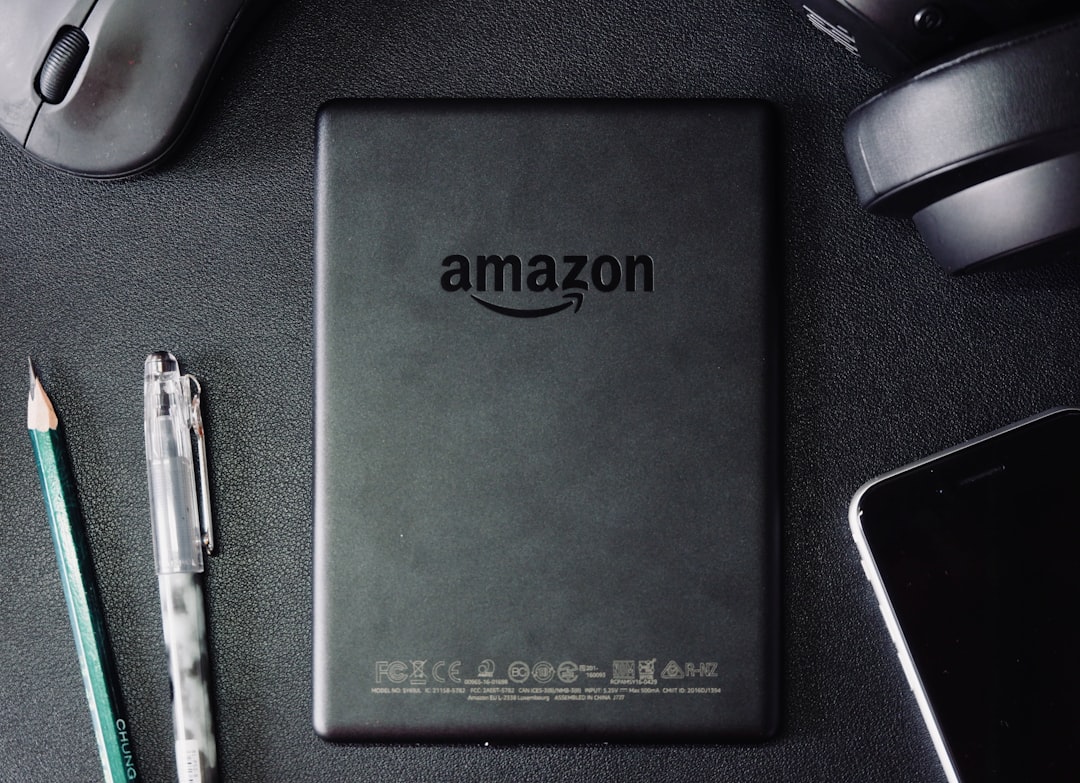Selling on Amazon has traditionally required sellers to manage some level of inventory. However, in today’s digital landscape, entrepreneurs can start an Amazon business without purchasing or storing any physical products. This inventory-free method of selling is not only accessible but can also be highly profitable when executed properly. Here’s how to sell on Amazon without holding inventory.
Understanding the Concept
The most common way to sell on Amazon without inventory is through dropshipping or using Amazon FBA with third-party suppliers. These models shift the responsibility of storing, packing, and shipping goods to suppliers or Amazon, allowing the seller to focus on marketing and customer service.
Dropshipping on Amazon
Dropshipping is a retail fulfillment method where a store doesn’t keep the products it sells in stock. Instead, when a customer makes a purchase, the seller buys the item from a third party—usually a wholesaler or manufacturer—who then ships the product directly to the customer.
With dropshipping on Amazon, sellers list products on their online store, but the product comes directly from the third-party vendor. The result? The seller doesn’t have to invest in inventory or logistics.

Using Amazon FBA with Retail Arbitrage or Print-on-Demand
Another alternative is Print-on-Demand (POD) and retail arbitrage. With POD, sellers create custom artwork or designs that are printed on items only after the order is placed. Companies like Printful or Teespring integrate with online platforms and fulfill orders automatically.
Retail arbitrage, although a bit more hands-on, can also take on an inventory-free form when sellers use third-party fulfillment services to send merchandise directly to Amazon’s warehouses, sparing them the need to store products themselves.
Steps to Start Selling Without Inventory
- Register for an Amazon Seller Account: Choose between an individual or professional plan based on the expected volume of sales.
- Choose a Fulfillment Method: Decide whether to use dropshipping, POD, or a third-party logistics provider for FBA.
- Find a Reliable Supplier: Platforms like AliExpress, Alidrop, Spocket, and Printful are commonly used.
- List Products on Amazon: Use optimized titles, keywords, and high-quality images to increase visibility.
- Handle Customer Service and Returns: Even though you’re not holding inventory, you’ll still manage inquiries and ensure customer satisfaction.
Pros and Cons of Selling Without Inventory
Advantages:
- Low startup costs: No upfront investment in bulk inventory.
- Scalability: Easier to test a wide variety of products without the risk.
- Location independence: Operate your business from anywhere.
Disadvantages:
- Lower profit margins: Suppliers take a cut, and competition is often high.
- Less control over shipping and inventory: Shipping delays and stock-outs may impact your reputation.
- Inconsistent product quality: Quality relies on your suppliers, so choose wisely.

Tips for Success
- Vet suppliers thoroughly to avoid fulfillment issues and refunds.
- Focus on niche products to lower competition and attract targeted buyers.
- Invest in SEO and paid ads for higher product visibility and more conversions.
- Automate where possible using tools for inventory syncing, order management, and tracking.

FAQs
- Q: Is it legal to dropship on Amazon?
A: Yes, but you must follow Amazon’s dropshipping policy. You must ensure that you are the sole seller of record and remove any supplier branding or references. - Q: Can I use any supplier for dropshipping?
A: Technically yes, but using unreliable suppliers can damage your ratings due to delayed or poor shipping. Choose verified or highly rated vendors. - Q: Do I need a business license to sell on Amazon without inventory?
A: It’s not required by Amazon, but depending on your local laws and the scale of your business, a business license might be necessary. - Q: What kind of products work best for inventory-free selling?
A: Lightweight, unbranded, and non-seasonal niche products typically perform better and come with fewer shipping or quality issues. - Q: How do I deal with returns in dropshipping?
A: Many suppliers offer return services, but it’s crucial to establish clear return policies aligned with Amazon’s guidelines to handle disputes effectively.
Selling on Amazon without inventory is an exciting opportunity for those looking to enter e-commerce without the typical risks. With the right tools, strategies, and supplier relationships, it’s entirely possible to build a profitable Amazon business without ever touching the product yourself.